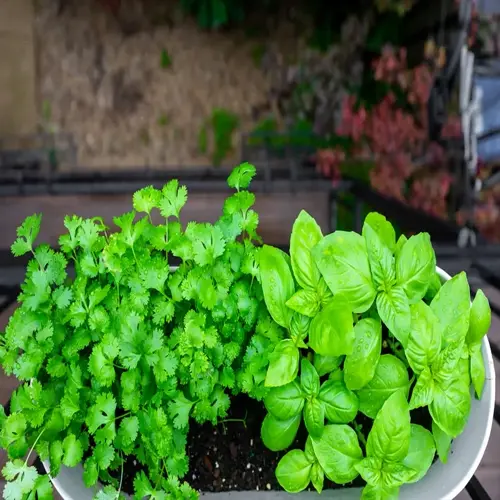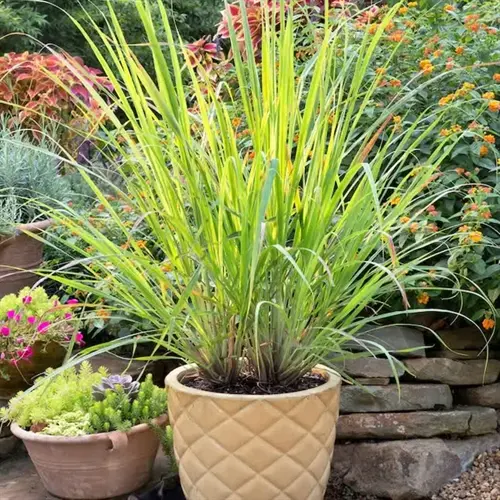What sunlight conditions are ideal for mint plants?

Written by
Julia Anderson
Reviewed by
Prof. Martin Thorne, Ph.D.Getting sunlight right is the difference between thriving mint and plants in distress. Mint prefers even light exposure to develop its characteristic flavor and not feel threatened. This was discovered in one of my gardening trials. A full sun burned my first plants, while insufficient sun resulted in weak flavors.
Morning Sunlight
- Essential 4-6 hours for oil production without heat damage
- Peak intensity occurs before 11 AM in most regions
- Enhances flavor compounds like menthol and limonene
Afternoon Protection
- Critical shade during hottest hours prevents leaf scorch
- Use shade cloth or position near taller plants
- Maintains soil moisture reducing watering frequency
Seasonal Adjustments
- Increase exposure in spring/fall when sun is less intense
- Reduce summer exposure during heat waves above 85°F
- Winter indoor plants need supplemental grow lights
Morning sunlight provides the ideal conditions for mint. It has enough energy to photosynthesize, but not too much heat. The cool morning air helps preserve the essential oils in the leaves. Afternoon shade is key when temperatures are warmer. These two prevent flavor loss and damage to leaves.
Adjust sunlight exposure for the climate. Northerly, cool climates allow for more sun, up to 8 hours. Hot southerly regions require strict afternoon shade. Watch for leaf color to indicate stress. Yellowing leaves indicate too much sun, and pale growth indicates not enough light.
Certainly! Here is a rephrased version of your content: House mint requires proper light control. Set pots less than 3 feet away from south-facing windows. Rotate indoor mint weekly for uniformity in exposure. Use full-spectrum grow lights for 12 hours a day in the winter. Maintain your grow lights 6-12 inches above plants to avoid stretching.
Take action on sunlight challenges as soon as possible. Scorched leaves need immediate shade, and plants with long stems need brighter light sources. Use thin curtains to diffuse harsh afternoon sunlight. These adjustments will keep your mint producing all year long.
Read the full article: How to Grow Mint: A Complete Beginner Guide

